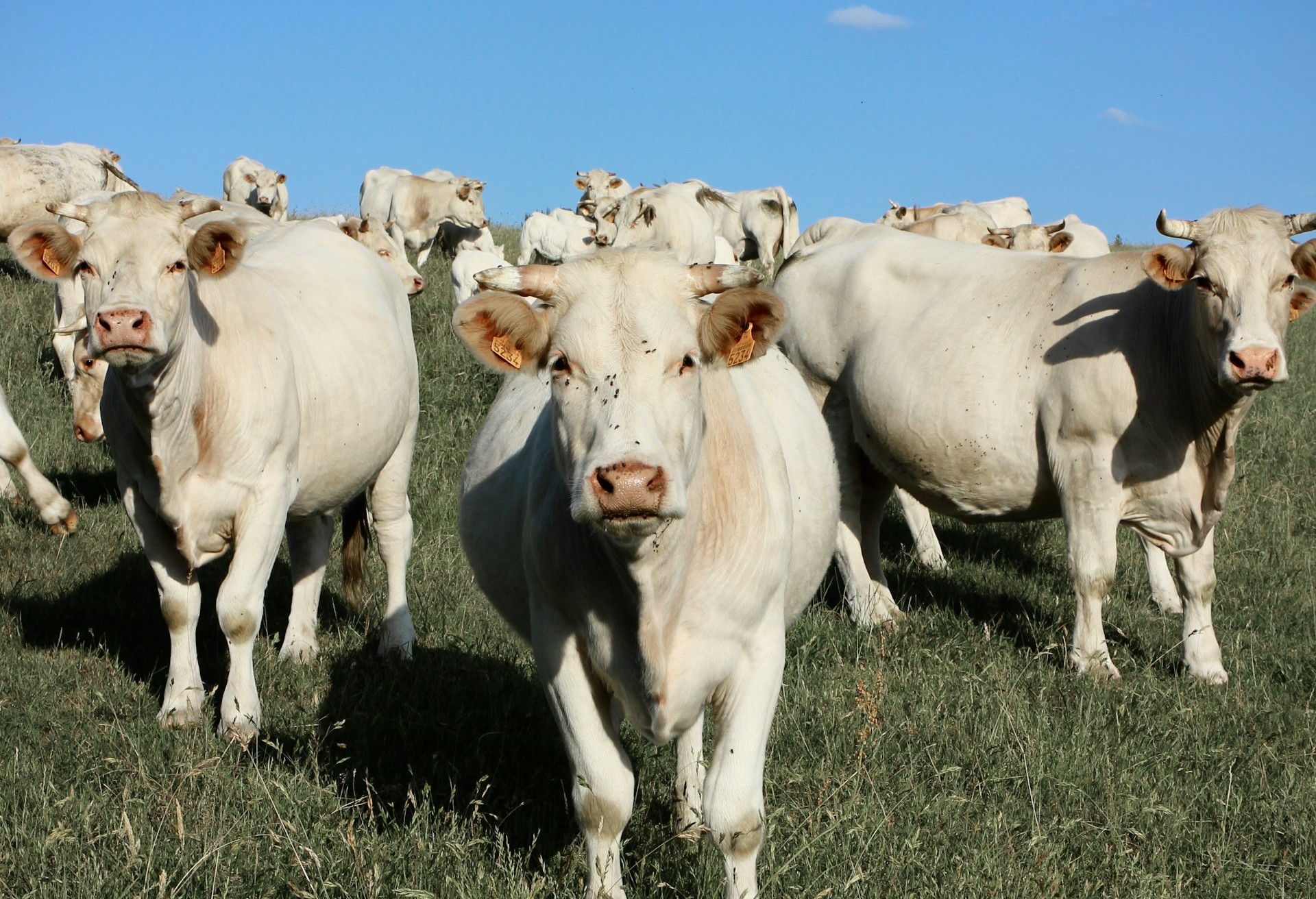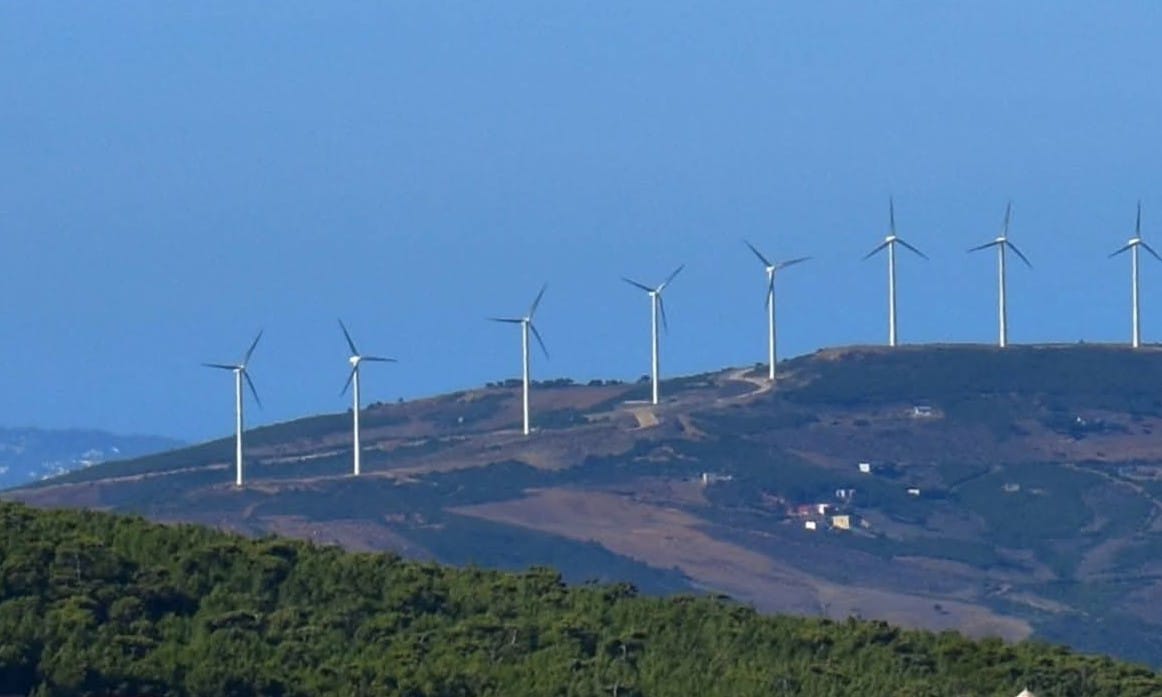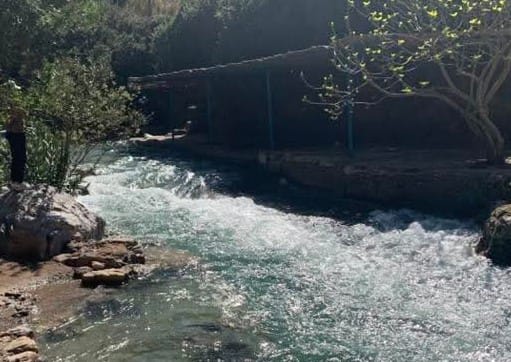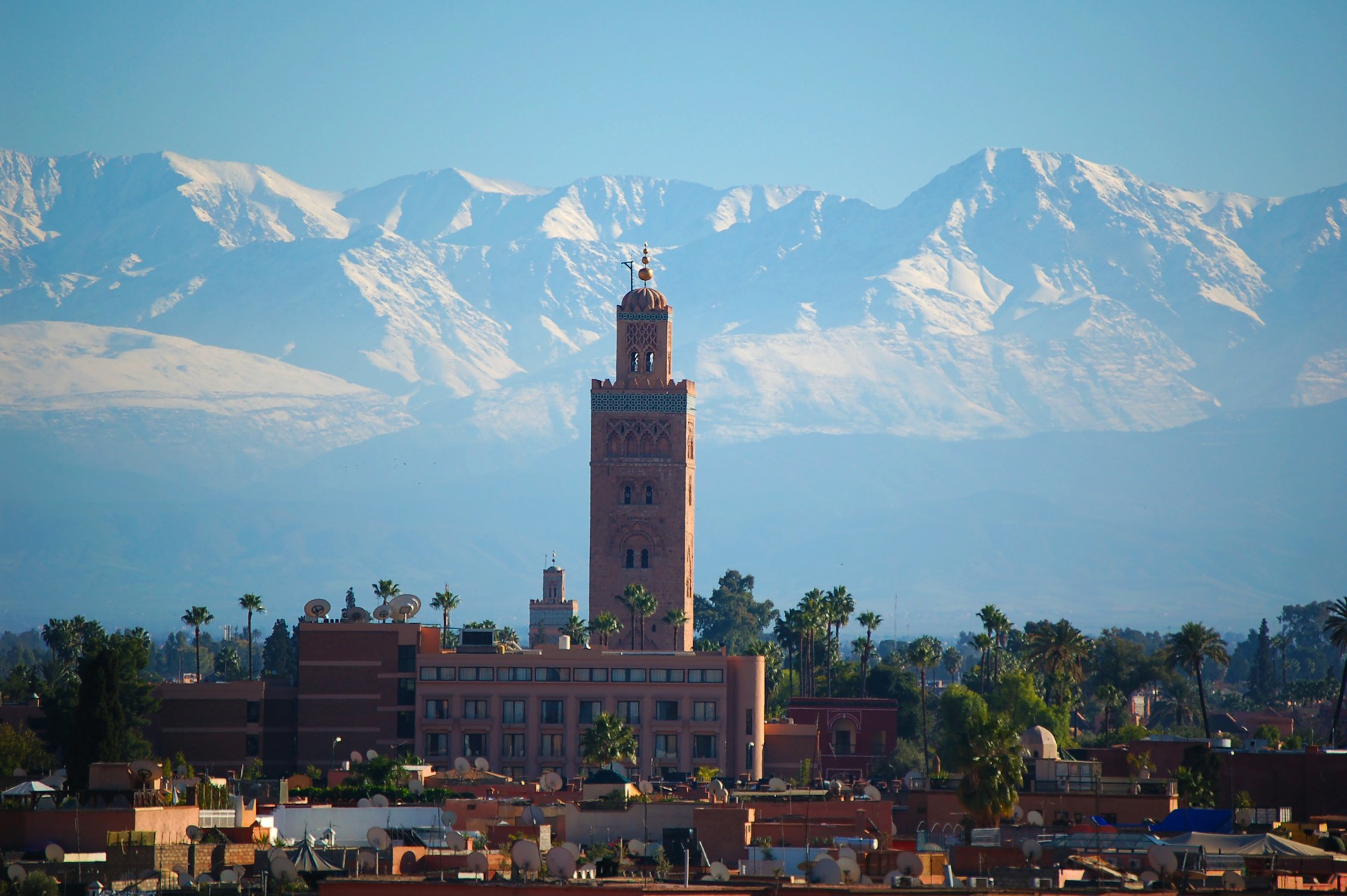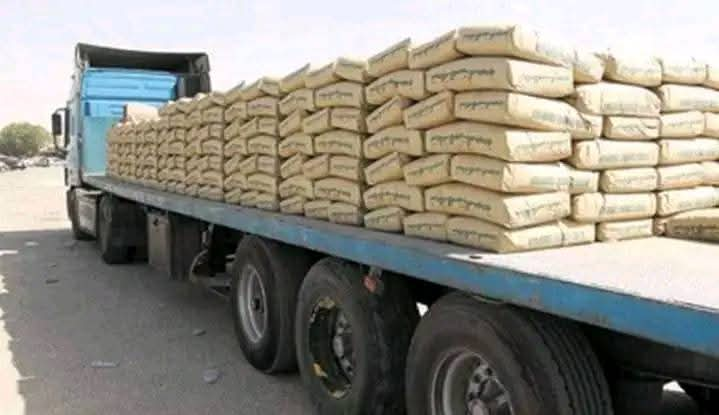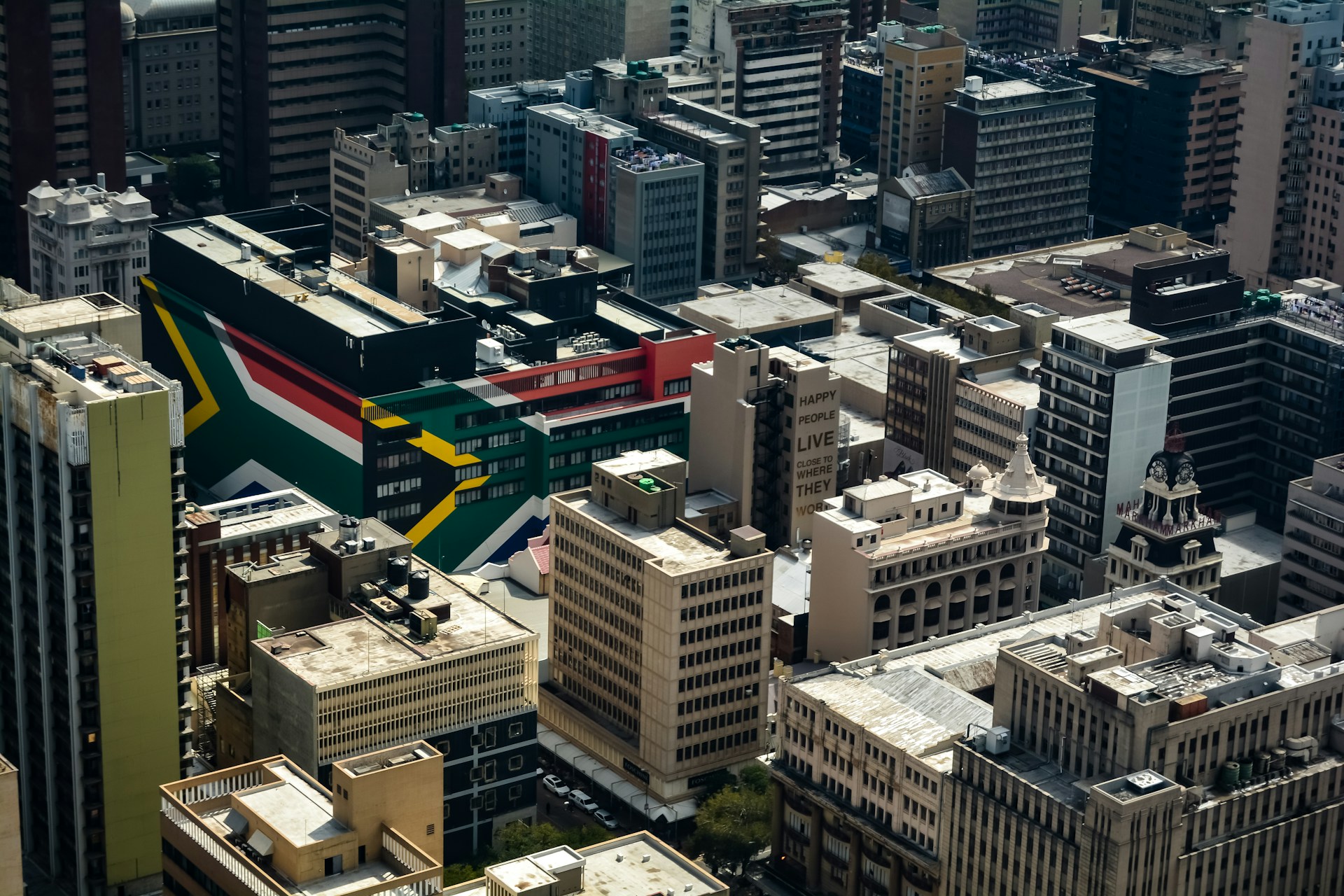Casablanca – In the face of persistent drought and growing regional disparities in water availability, Morocco is pursuing an ambitious and coordinated national strategy to secure water resources through large-scale inter-basin water transfer projects. These initiatives, described by officials as “water highways,” are emerging as one of the country’s most pragmatic solutions to address the impacts of climate change and meet rising urban and agricultural water demands.
Over the past decade, Morocco has experienced recurrent dry spells that have severely strained its water resources. The cumulative effect of these dry years has left several regions, particularly in the center and south, grappling with reduced access to drinking water, agricultural decline, and depleted aquifers. But recent rainfall has provided some much-needed relief, increasing dam reserves to over 6 billion cubic meters—a national filling rate of about 38%—which has helped stabilize drinking water supply and partially restore irrigation and groundwater recharge.
Yet, this improvement remains uneven across the country. While basins like Loukkos and Sebou in the north benefit from regular and abundant rainfall, others—such as Moulouya, Drâa, Oued Noun, and especially Oum Er-Rbia—continue to face critical shortages. These imbalances have prompted the government to act swiftly, developing a national water transfer program that redistributes excess water from high-rainfall regions to those most affected by scarcity.
At the heart of this effort is the interconnection between the Sebou and Bouregreg basins, a project that has already begun to show tangible results. With 17 transfer stations operational across the country, Morocco is now able to move as much as 1.2 billion cubic meters of water per year. The first phase of the Sebou–Bouregreg link has already transferred up to 450 million cubic meters annually, thanks to a 67-kilometer pipeline network equipped with two large pumping stations.
The second phase, currently under construction, will expand this capacity even further. Once completed, it is expected to deliver 800 million cubic meters of water annually, operating at a flow rate of 45 cubic meters per second. In parallel, technical studies have concluded for a new transfer line connecting the Sidi Mohamed Ben Abdellah Dam (on the Bouregreg River) with Al Massira Dam (on the Oum Er-Rbia River), enabling an additional 30 cubic meters per second to reach drought-stricken central regions.
The impact of these investments is not only technical but also deeply strategic. The Sidi Mohamed Ben Abdellah Dam alone currently provides water for more than 5 million people, including residents of major cities like Casablanca and Rabat. By easing the burden on overstressed local sources and enabling large-scale redistribution, these transfer systems are preventing acute water shortages in Morocco’s most densely populated zones.
Beyond urban needs, the transfer projects also aim to sustain agriculture in key food-producing regions. Plains such as Doukkala, Beni Amir, and Beni Moussa—which have suffered from declining irrigation and groundwater depletion—stand to benefit from more consistent water delivery. Additionally, this policy contributes to preserving vulnerable aquifers like those in Berrechid, which have long been overexploited due to the lack of surface water.
Minister of Equipment and Water Nizar Baraka recently emphasized the broader vision behind the program, describing it as a cornerstone of the National Program for Drinking Water Supply and Irrigation. He revealed that since September, water resources have increased by 3.2 billion cubic meters, allowing Morocco to ensure potable water availability for at least the next 15 months.
Morocco’s approach to water management goes beyond transfers. Authorities are also scaling up investments in dam construction, desalination, wastewater treatment, and rational groundwater use. New dams such as Sidi Abbou (200 million m³ capacity) and Ratba in Taounate (nearly 1 billion m³) are being developed to enhance storage capacity and support long-term water balance at the national level. In the north, where rainfall can exceed 800 mm per year—compared to the national average of 350 mm—infrastructure investments are crucial to harness and redistribute this natural advantage.
As climate variability increases and urban populations continue to grow, Morocco’s water strategy represents a forward-looking and adaptive model for arid and semi-arid regions. By linking regions through a unified hydraulic network and investing in diverse water sources, the kingdom is laying the groundwork for greater national resilience, economic stability, and water equity across all territories.

